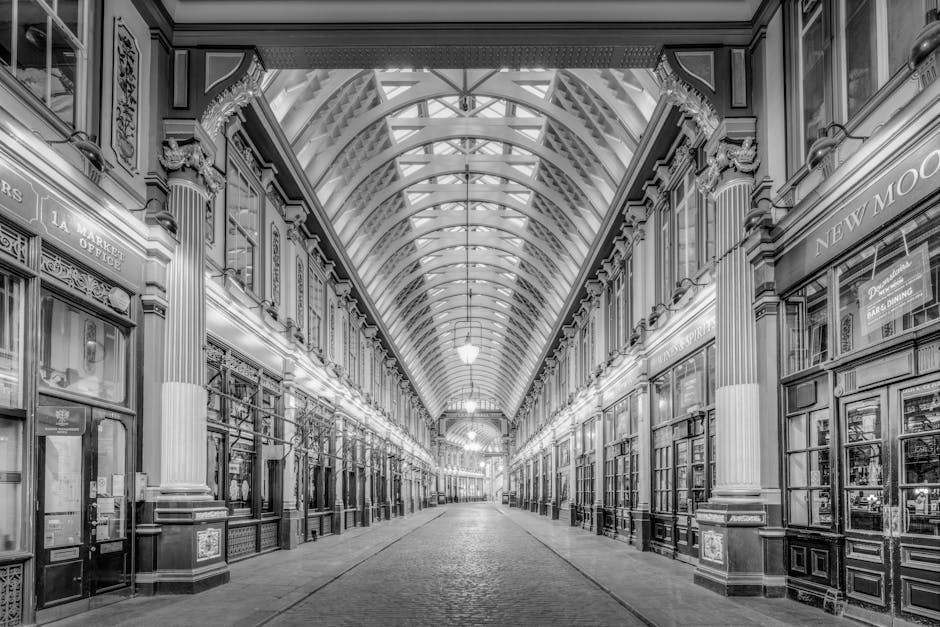The Great Migration and Its Impact on Chicago’s History
Chicago’s rich tapestry of culture, diversity, and history owes much to a significant event known as the Great Migration. This movement reshaped the city’s demographics, culture, and economic landscape, leaving a lasting impact that can still be felt today. In this blog post, we delve into the Great Migration and explore how it influenced Chicago’s history.
Table of Contents
1. Introduction to the Great Migration
2. The Push and Pull Factors
3. The Transformation of Chicago
4. Cultural Renaissance
5. Economic Impact
6. The Legacy Today
7. FAQs
1. Introduction to the Great Migration
The Great Migration was a massive movement of African Americans from the rural Southern United States to the urban North, occurring between 1916 and 1970. Driven by the pursuit of better opportunities and escaping the oppressive Jim Crow laws, millions of African Americans relocated, profoundly affecting cities like Chicago. Let’s uncover why this migration occurred and its effects on the Windy City. 🌆
2. The Push and Pull Factors
The decision to move north wasn’t taken lightly by those involved. Several factors fueled this migration:
Push Factors: The primary push factors were the oppressive Jim Crow laws, rampant racial violence, and limited economic opportunities in the South. Life in Southern states was marred by segregation and disenfranchisement, prompting many to seek refuge elsewhere.
Pull Factors: The North, with burgeoning industrial cities like Chicago, promised greater job opportunities and relatively more social freedom. The demand for labor during World War I also created vacancies that African Americans were eager to fill, offering a beacon of hope for a better life.
3. The Transformation of Chicago
Arriving in Chicago, African Americans found not only jobs but also a chance to build communities. Neighborhoods such as Bronzeville became cultural hubs where African American life flourished. The city’s landscape transformed as new arrivals contributed to its growth and diversity.
4. Cultural Renaissance
The Great Migration sparked a cultural renaissance in Chicago, akin to the Harlem Renaissance in New York. Jazz and blues rhythms filled the air, with Chicago becoming a central hub for these musical genres. Artists, writers, and musicians thrived, enriching the city’s cultural fabric.
Chicago’s South Side became a vibrant scene of creativity and innovation. Literary giants like Richard Wright and Gwendolyn Brooks captured the essence of the African American experience, while nightclubs and theaters became the epicenters of entertainment and socialization. 🎶
5. Economic Impact
The economic impact of the Great Migration on Chicago was profound. The city’s industries, including steel mills, meatpacking plants, and railroads, benefited from the influx of labor. This growth helped transform Chicago into an industrial powerhouse.
However, the migration also highlighted economic disparities and led to racial tensions as African Americans faced discrimination in employment and housing. Despite these challenges, the determination and resilience of the migrant community contributed significantly to the city’s economic development.
6. The Legacy Today
The legacy of the Great Migration is still evident in Chicago today. The city’s cultural diversity, music, art, and cuisine bear the imprint of those who moved northward seeking a better life. Institutions like the DuSable Museum of African American History preserve and celebrate this rich heritage.
Moreover, the migration set the stage for the Civil Rights Movement, laying the groundwork for future generations to continue the pursuit of equality and justice. The lessons and stories from this period remain relevant and poignant, resonating through the city’s neighborhoods and beyond.
7. FAQs
Q: What was the primary reason for the Great Migration?
A: The primary reason was the pursuit of better economic opportunities and escaping the oppressive Jim Crow laws of the South.
Q: How did the Great Migration influence Chicago’s culture?
A: It led to a cultural renaissance, especially in music and literature, with Chicago becoming a hub for jazz, blues, and African American arts.
Q: What challenges did African Americans face in Chicago during the Great Migration?
A: They faced discrimination in employment and housing, as well as racial tensions, but their resilience contributed to the city’s growth.
Conclusion
The Great Migration was a pivotal chapter in Chicago’s history, fundamentally altering its social, cultural, and economic landscape. It was a time of immense change, challenge, and opportunity, with the effects of this migration still resonating today. The legacy of those who journeyed northward continues to inspire and remind us of the enduring quest for a better life, equality, and justice. 🌟


